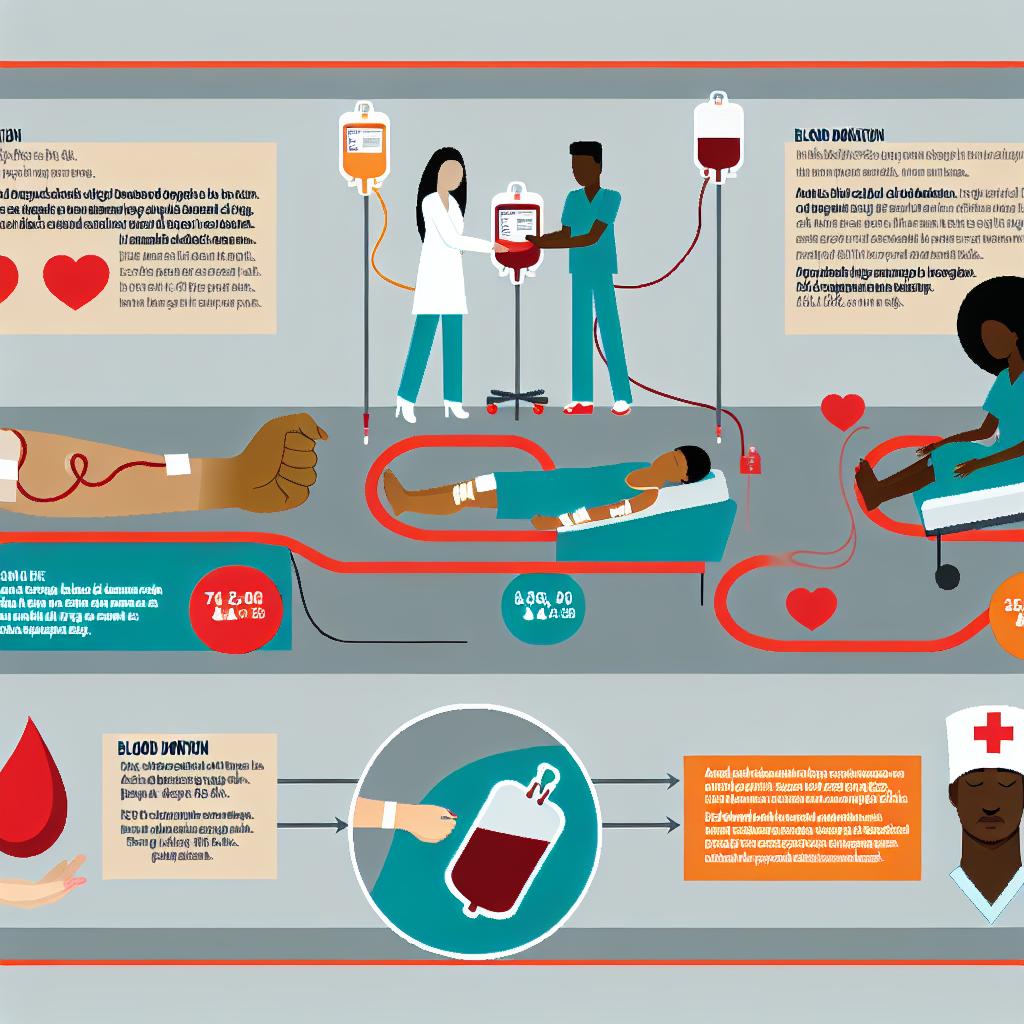Introduction to Blood Donation and Its Importance
The process of blood donation is fundamentally important within our healthcare systems. Its role is pivotal, especially when addressing the needs of surgeries and transplants. Each donation holds the potential to make a significant impact, as the blood can be divided into components such as red blood cells, plasma, and platelets. These components serve distinct and vital purposes in medical treatments, underscoring the necessity of a consistent blood supply for procedures requiring substantial amounts of blood or its derivatives.
Role of Blood in Surgeries
The role of blood in surgeries cannot be overstressed. Surgical interventions, especially major ones, often require the replacement of blood lost during the operation. Procedures such as cardiac surgeries, orthopedic operations, or trauma surgeries demand a reliable supply of donor blood. With major surgeries, the demand for blood can be substantial, requiring several units to ensure patient stability throughout the procedure. Access to an adequate blood supply minimizes the risk of complications and allows surgeons to perform with greater confidence. Thus, maintaining a strong network of blood donors is essential for hospitals to be prepared for these critical scenarios.
Blood Transfusion Needs in Transplants
In the domain of organ transplantation, blood donation holds an indispensable role. Transplant surgeries, such as those involving the liver or heart, are sophisticated procedures where patients may experience significant blood loss or require specific blood components to aid in recovery and the acceptance of the new organ. The donated blood supports the delicate balance needed for a successful outcome in organ transplants. For instance, red blood cells may be crucial for supporting oxygen transport, while plasma might assist in clotting, ensuring that the procedure proceeds smoothly and the recovery is expedited. Therefore, a consistent blood supply supports not just the mechanics of these operations but also optimizes long-term health outcomes for transplant patients.
The Process of Blood Donation
The involvement in a blood donation initiative is designed to be accessible and straightforward. It begins with a comprehensive health screening to assess the donor’s health status and confirm their eligibility to donate. This step ensures both donor safety and the safety of the recipients of the blood. The actual blood collection is typically brief, taking about 10 to 15 minutes and conducted by professionals who prioritize donor comfort and the highest standards of safety. Following the collection, the donated blood undergoes rigorous testing and processing to prepare it for future medical treatments and surgeries. These steps are all part of a diligent process to ensure the blood is safe and effective for use in life-saving medical interventions.
Impact on Healthcare Services
The influence of blood donation on healthcare services is significant, as it ensures that medical facilities are equipped with sufficient supplies of blood and its components for both emergency situations and routine procedures. The availability of these supplies is critical for maintaining patient safety and promoting positive surgical outcomes. Hospitals depend on voluntary blood donations to manage both everyday clinical demands and unpredictable emergencies. Regular blood drives and awareness campaigns aim to inform the public about the importance of continual blood donation. These efforts are crucial to sustain the healthcare infrastructure, enabling it to deliver quality care, whether for routine operations or in times of crisis.
Moreover, strategic initiatives and donation campaigns play a vital role in raising awareness about the critical necessity for donor participation. By encouraging regular contributions, healthcare systems can better meet ongoing and sudden needs, ensuring surgeries and transplants can be conducted successfully. The positive outcomes of these efforts are manifold, underscoring the importance of blood donation as an enduring pillar of modern medicine.
